The Mojo Audio Mystique Y Digital to Analog Converter is a budget focused version of their popular Mojo Audio Mystique X DAC, eliminating input selection to offer a single input (USB) and opting for the 18-bit Analog Devices AD1865 R-2R DAC chip as opposed to the 20-bit AD1862 used in the Mystique X, as well as reducing the number of power supplies from five to three. Here is their take on the issue,
“Since over 80% of our customers exclusively use computer audio, we developed a version of our Mystique DAC optimized for USB. Nearly identical to our award-winning Mystique X in circuit, power supplies, component parts, and chassis, the Mystique Y delivers all the Mojo at half the price :^)
Because the Mystique Y has only one USB input we were able to greatly simplify the digital circuitry. No need for an input selector, demultiplexer, or S/PDIF receiver. The AD1865 R-2R DAC chip is directly fed by the USB input module.
Less is more.
The result is nothing short of breathtaking. Your music will come to life with harmonics, spatial cues, and emotional content that rivals the best of analog!”
Like the Mystique X, the Mystique Y is available in three flavors, it is essentially a selection of the power supply chokes which are the core of the Mystique’s design, and those are either Lundahl Ferrous Core Chokes ($3,999), Lundahl Amorphous Core Chokes ($5,499), or Lundahl Nano Crystal Core Chokes ($6,999), which are part and parcel of the power supplies for the analog sections which are LC choke input.
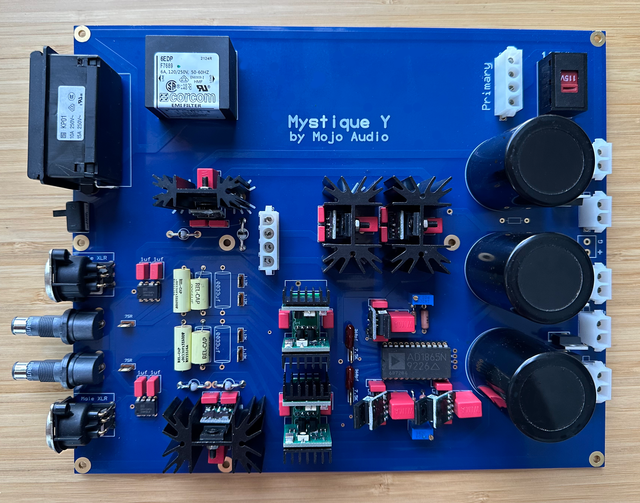
Three independent power supplies with Mundorf M-Lytic AG+ 4-pole capacitors that feed seven Belleson SPX ultralow-noise ultrahigh-dynamic regulators to isolate each type of IC chip, discrete module, and clock to not only eliminate bit read errors and isolate digital hash noise from the sensitive analog circuitry, but to also provide effortless instantaneous power.
The analog output stage incorporates Staccato class A discrete op amps and ultralow-noise Vishay TX2575 “Naked” resistors laser matched to 0.1% tolerance and is direct-coupled to provide the most linear and extended frequency response possible by eliminating output coupling capacitors and transformers which color the sound, narrow the bandwidth, and cause phase and time distortion.
To optimize linearity left and right channels each have an independent fine-tune circuit that adjusts the voltage of the most significant bit (MSB) at the zero voltage crossing, while for isolation from grounding noise, an advanced hybrid grounding schema is used to isolate input, digital, and analog grounds. And a DC ground lift switch is provided to isolate signal ground from Earth, chassis, and AC grounds.
On the digital side, the Mystique Y incorporates a no-compromise ultra-purist non-oversampling direct-coupled R-2R circuitry with no pre-digital filtering, digital noise shaping, upsampling, oversampling, or error-correcting algorithms, making the digital signal path the purest possible.
PCM format files up to 24-bit/192kHz are converted via a galvanically isolated XMOS USB input module with incredibly accurate ultralow-noise Femto clocking, and an independent power supply powers the digital circuitry completely isolating it from the analog circuitry. Two Belleson SPX ultralow-noise ultrahigh-dynamic regulators are used to isolate the USB input from the USB output and from all other power supplies eliminating the need for USB bus power or any external USB reclocking or regeneration devices.
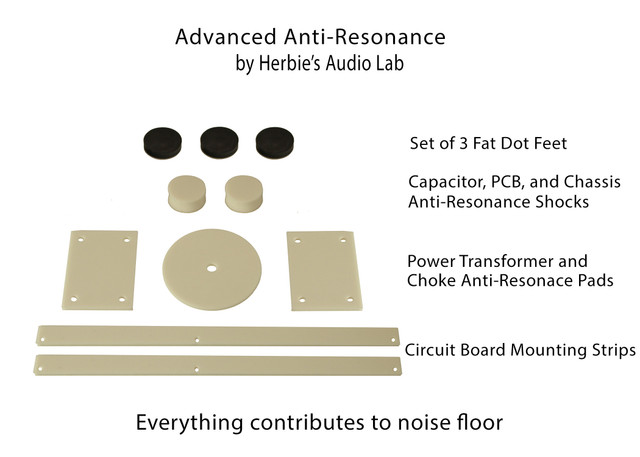
Mojo Audio’s list of bullet points is rather extensive:
- Built around Analog Devices’ legendary 18-bit AD1865 R-2R ladder DAC chip.
- Converts PCM format files up to 24-bit 192KHz.
- Galvanically isolated independently powered XMOS USB input module.
- Incredibly accurate ultralow-noise femto clocking.
- Direct-coupled ultrahigh-performance Staccato class A discrete op amps.
- Vishay TX2575 “Naked” resistors matched to 0.1% in analog signal path.
- No output transformers or coupling caps to narrow bandwidth or distort phase.
- Independent circuits optimize linearity at the MSB zero voltage crossing.
- LC choke input analog power supplies with custom Lundahl chokes.
- Optional Upgrade: Lundahl amorphous core analog PSU chokes.
- Optional Upgrade: Lundahl nano crystal core analog PSU chokes.
- Ultra-fast ultralow-noise zero recovery SiC Schottky rectification diodes.
- 3 independent power supplies with 15,000uf Mundorf 4-pole capacitors.
- 7 Belleson SPX ultralow-noise regulators isolate IC chips, modules, and clocks.
- Cryo’d Kimber VSS VariStrand wire between main PSU and USB input module.
- Rel-Cap Polystyrene film and tin foil capacitors in the anti-aliasing filters.
- Furutech rhodium plated low mass RCA connectors directly soldered to PCB.
- Neutrik gold plated male and female XLR connectors directly soldered to PCB.
- Schurter AC input module and medical grade advanced AC input filtering.
- Ground lift switch isolates DC ground from Earth, chassis, and AC grounds.
- Optional 3-point Sorbothane domed anti-resonance footers.
- Low-resonance high-rigidity extruded aluminum chassis.
- Field convertible from 110VAC to 250VAC both 50Hz and 60Hz.
- 9″W x 3″H x 16″D and 15 pounds.

Living with the Mojo Audio Mystique Y D/A Converter
Since I received the Mojo Audio Mystique Y from another reviewer I assumed that it had been burned in, on the other hand since they recommend leaving it turned on at all times, I ran it for a few days just to warm it up. As the Mystique Y is a PCM-only DAC I decided to stick to Qobuz for this review.
The unit I received was fitted with the Lundahl Nano Crystal Core Chokes, the purpose of the chokes is that chokes store current as opposed to voltage as capacitors do to meet long-term as well as immediate power demands, and since, as I have pointed out several times in the past, the analog section is the most important part of a DAC, having a power supply that meets all the demands of the amplifier is tantamount.
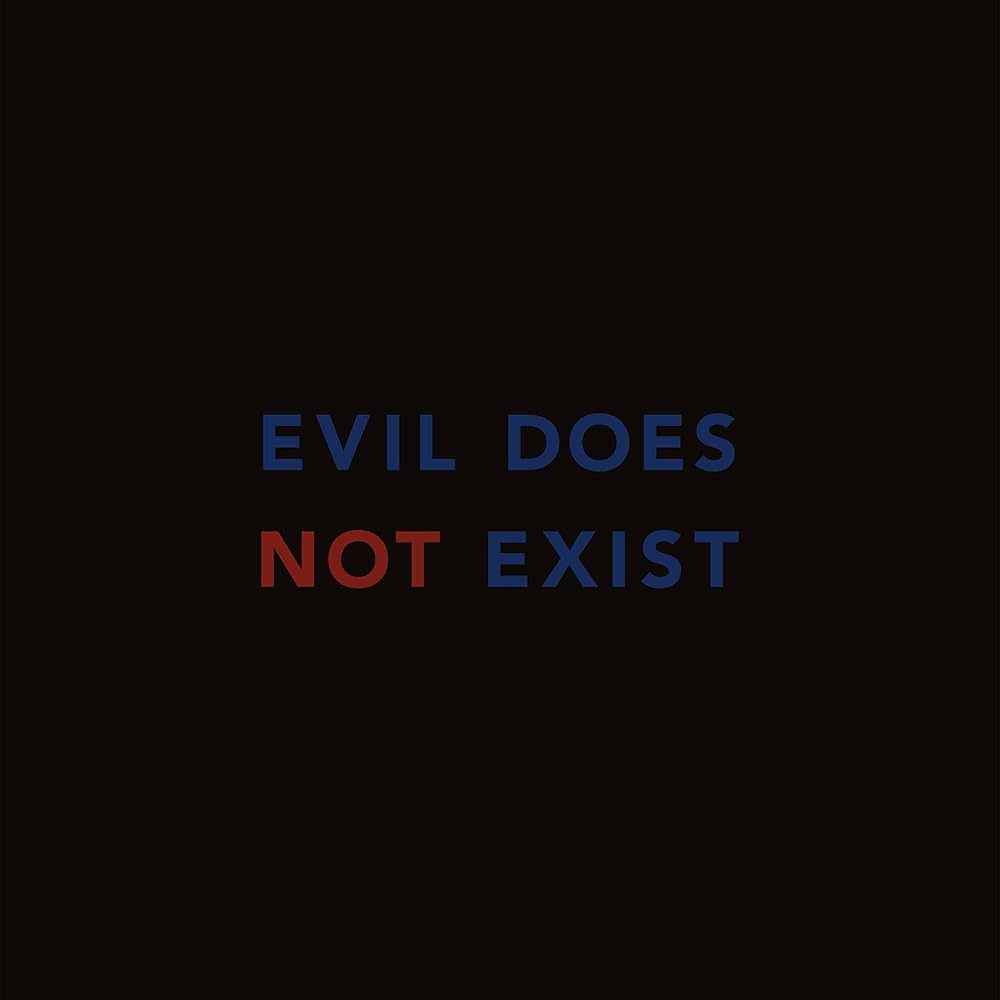
I started my listening session with the Mystique Y connected to my HIFIMAN EF600 Headphone Amplifier with the HIFIMAN AUDIVINA Closed-Back Planar Magnetic Studio Headphones and though the sound was excellent I quickly switched to my reference headphone the Dan Clark Audio EXPANSE Planar Magnetic Headphone as it is more in keeping with the price range of the Mojo Audio piece and necessary for an honest and fair evaluation. Booting up Qobuz I selected Eiko Ishibashi’s “Evil Does Not Exist” (24-bit/48kHz – Qobuz) a combination of ambient string, percussion, and keyboard (both electric and acoustic) which highlighted Mojo Audio’s dedication to noise floor and detail. The dynamic range was excellent and the transients were articulate.
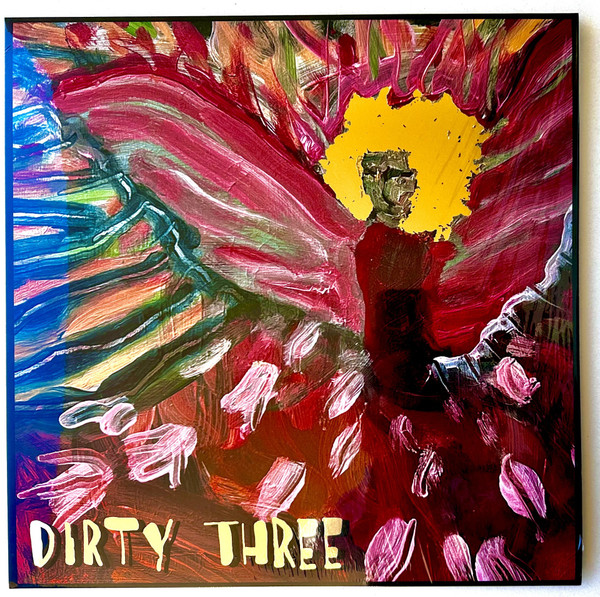
Moving on to “Love Changes Everything” by Dirty Three (24-bit/48kHz – Qobuz) which turned out to be another ambient band though more improvisational in format with guitars, solo violin, and piano added to the mix of more conventional percussion, and no electronic keyboards. The timbre of instruments was fantastic and the soundstage was huge.
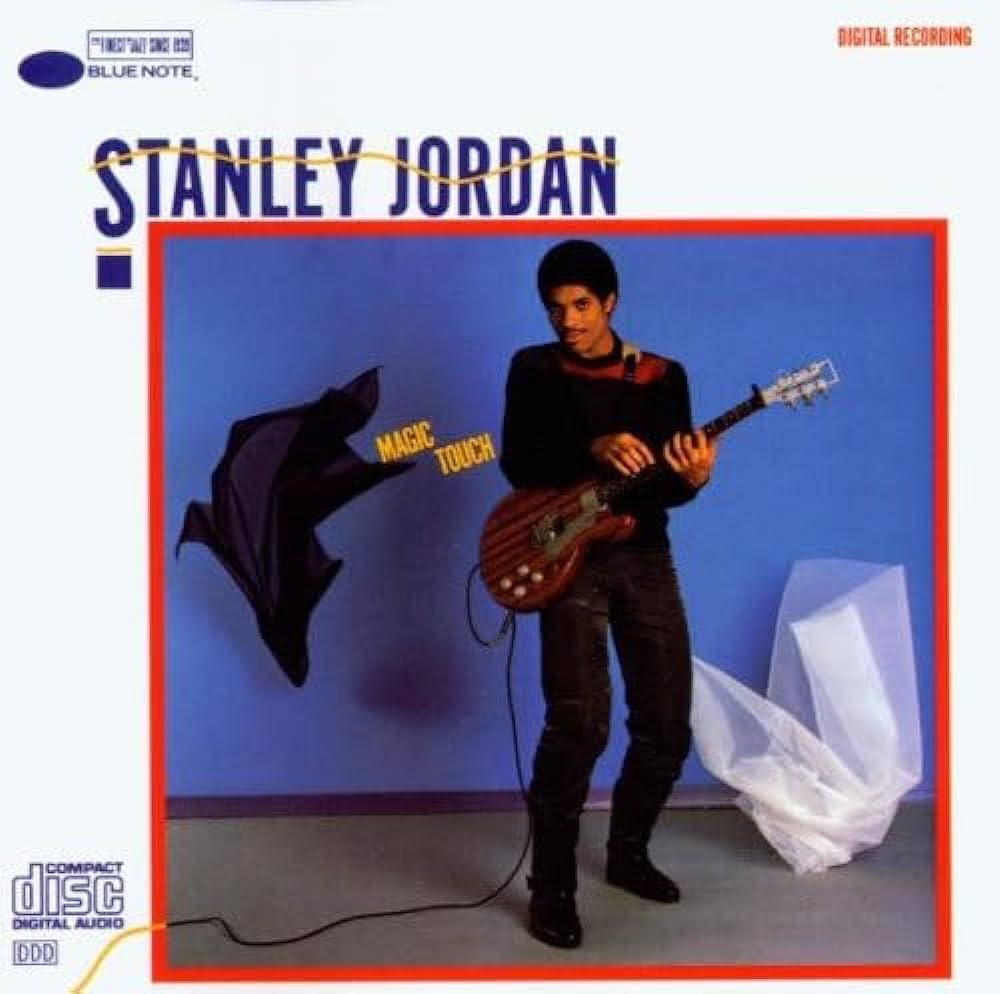
When I first set up the Mystique Y I connected it to a single-ended tube amp that I had in for review, since this was the mating of two products I was unfamiliar with I chose not to include my impressions in this review, but when I transitioned to the EF600 I had simply moved the single-ended interconnects over, when it came time to change amps again I noted that I had skipped the balanced outputs, so I returned to the EF 600 using balanced cables and there was a noticeable improvement in musicality and noise floor as evidenced listening to Stanley Jordan’s cover of “Eleanor Rigby” (“Magic Touch” – 16-bit/44.1kHz – Qobuz).
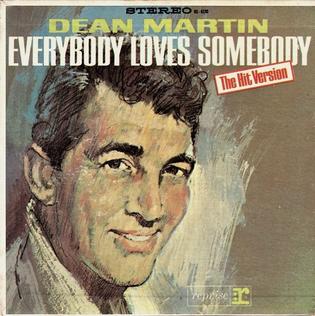
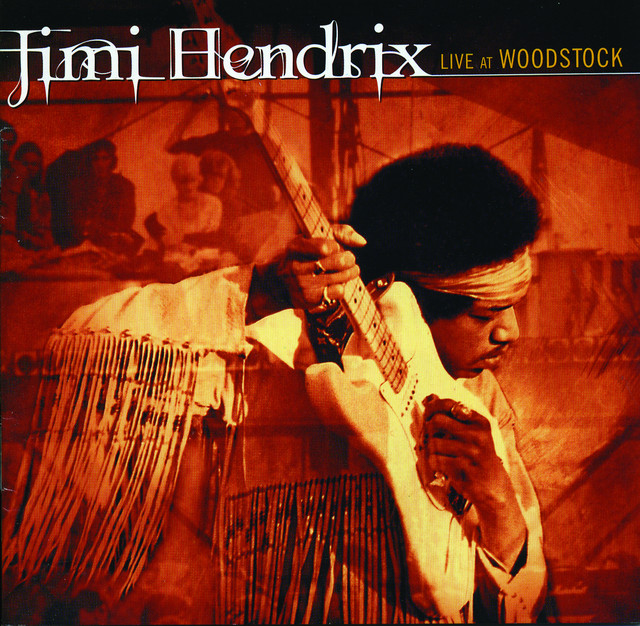
For a bit of fun, and to revisit tube amps I hooked up my Schiit Audio Vali 2++ Tube Hybrid Headphone Amplifier albeit this forced me to return to single-ended. Dean Martin’s “Everybody Loves Somebody” (24-bit/96kHz – Qobuz) was lovingly reproduced with wonderful musicality and dynamics. And talking about dynamics, “Jam Back At The House (Live At Woodstock)” by Jimi Hendrix (“Live at Woodstock (Live at The Woodstock Music & Art Fair, August 18, 1969)” – 16-bit/44.1kHz – Qobuz) was front row center.
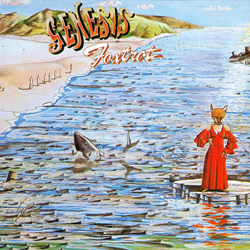
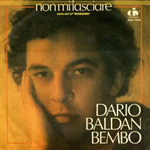
Switching to my dual Questyle 800R Current Mode Amplifiers (in mono mode) I selected my HiFiAudio.Guru Playlist (https://open.qobuz.com/playlist/10673532) to access my regular test tracks and put on “Can Utility and the Coastliners” (“Foxtrot” – Genesis – 16-bit/44.1kHz – Qobuz). The sound was warmer more musical. The tonal balance and soundstage were in keeping with what I expect from the better DACs. This was further supported by listening to Dario Balden Bembo’s “Non Mi Lasciare” (16-bit/44.1kHz – Qobuz) where the piano was rich and full and the sub-bass exceptional.
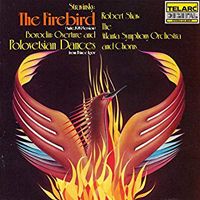
As a final test, I cued up Stravinsky’s “The Firebird Suite” (“Stravinsky: The Firebird; Borodin: Music from Prince Igor” – Robert Shaw and the Atlanta Symphony Orchestra – 16-bit/44.1kHz – Qobuz). The timbre of the instruments were spot on, the image solid and well placed with air between the musicians, and the dynamics were great.
As an addendum, I hooked up my reference system which had been put aside to make room for the amplifier review mentioned at the beginning, my LSA VT-70 Tube Integrated Amp, Black Dragon Cables, Core Power Technologies A/V Equi=Core 1000, Vera-Fi Audio VBH-1 (Vibration Black Hole) isolation feet, XSA-Labs Vanguard Loudspeakers, two Veri-Fi Audio LLC Vanguard Caldera 10 Active Subwoofers, and Dan Clark Audio E3 Planar Magnetic Headphones. Listening to the two-channel loudspeaker system was by far the most pleasurable experience I had with the Mystique Y. From the piano of Nicky Hopkins for The Who’s “The Song Is Over” (“Who’s Next” – 24-bit/48kHz – Qobuz) to “Two Worlds” by Lee Ritenour & Dave Grusin (16-bit/44.1kHz – Qobuz) to Louis Armstrong’s dulcet velveteen basso for “What A Wonderful World” (24-bit/192kHz – Qobuz) to Jaco Pastorius’ rich and sparkeling bass solo “Portrait of Tracy” (“Jaco Pastorius” – 16-bit/44.1kHz – Qobuz) the Mystique Y performed beautifully with musicality, a three-dimensional image, and a huge soundstage, but the coup de grâce was The Bobs’ acapella rendition of “Psycho Killer” (“The Bobs Sing The Songs Of…” – 16-bit/44.1kHz – Qobuz).

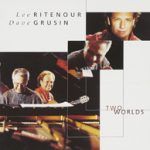
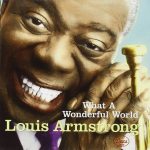


As far as Headphone listening goes, the VT-70/E3 combination with the Mystique Y left me speechless, I’ll not belabor the point listing the songs I sampled while writing this.
Conclusions on the Mojo Audio Mystique Y D/A Converter
Those who like their DAC to fall out on the more analytical side will love the Mojo Audio Mystique Y DAC, it is fast, articulate, dynamic, and detailed, with a sound signature on a par with the more popular high-end DACs such as the Chord DAVE, and true to Mojo Audio’s intent it does so at a slightly better budget.
I will say that the balanced output sounds significantly better than the single-ended, though that didn’t seem to be a problem with the VALI 2++, yet I feel the Mystique Y has a greater affinity to solid-state amplifiers, the soundstage was definitely larger with solid-state. (Note: Benjamin Zwickel, the designer, tells me that the single-ended output is the most direct, that the balanced output stage is after the single-ended, he posits that the improvement I hear is more on the side of the amplifiers than the DAC) There is also the question of noise floor which is the primary focus of the Mystique Y, tube amps just can’t compete with current solid-state, especially current mode amplifiers in noise floor and dynamic range though the VALI 2++ comes close being a hybrid.
Having finished the review before I did my session with my VT-70 reference system I need to amend if not retract some of the above to say that the Mystique Y worked exceedingly well with that amplifier, which turned out to be the highlight of my time with the Mojo Audio DAC.
All that being said, the Mystique Y sounded great with the solid-state amplifiers, especially via the balanced output, musical with a slightly enhanced soundstage, pinpoint imaging, and a neutral tonal balance. I have no problems recommending the Mojo Audio Mystique Y to anyone looking for a higher-end DAC, especially if you are computer or music server based, and even more so if you plan on streaming the bulk of your music. Two thumbs up.
Price as reviewed: $6,999
Manufacturer’s Website: www.mojo-audio.com/mystique-y-d-a-converter/

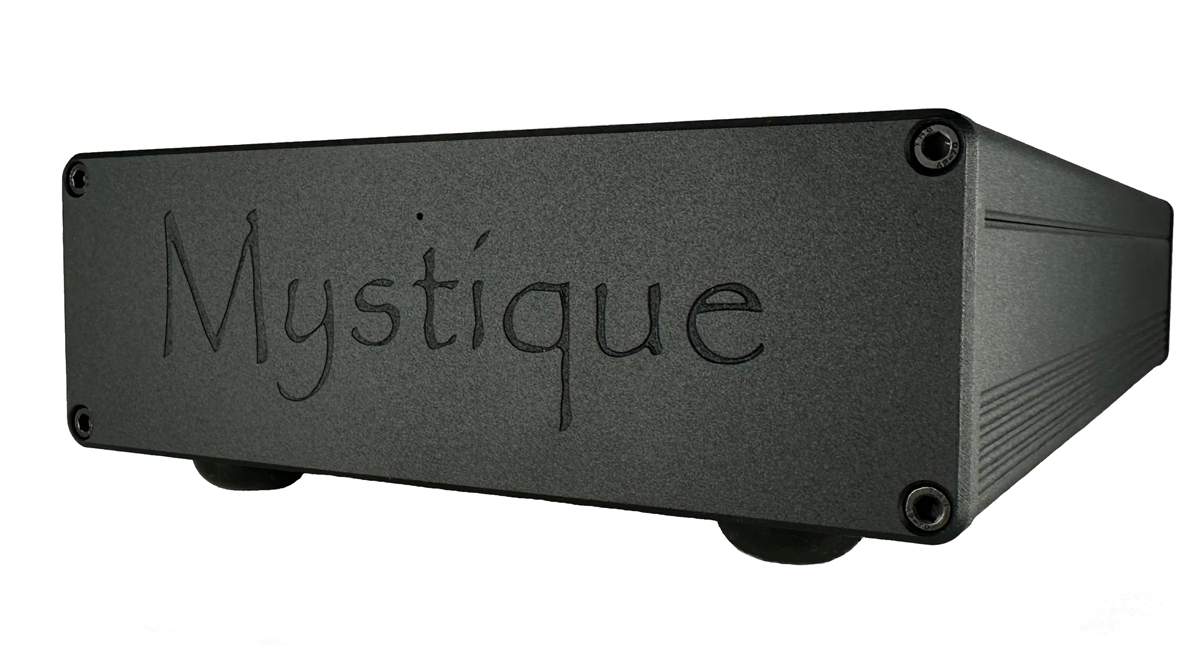






Leave a Reply
Want to join discussion?
Feel free to contribute!